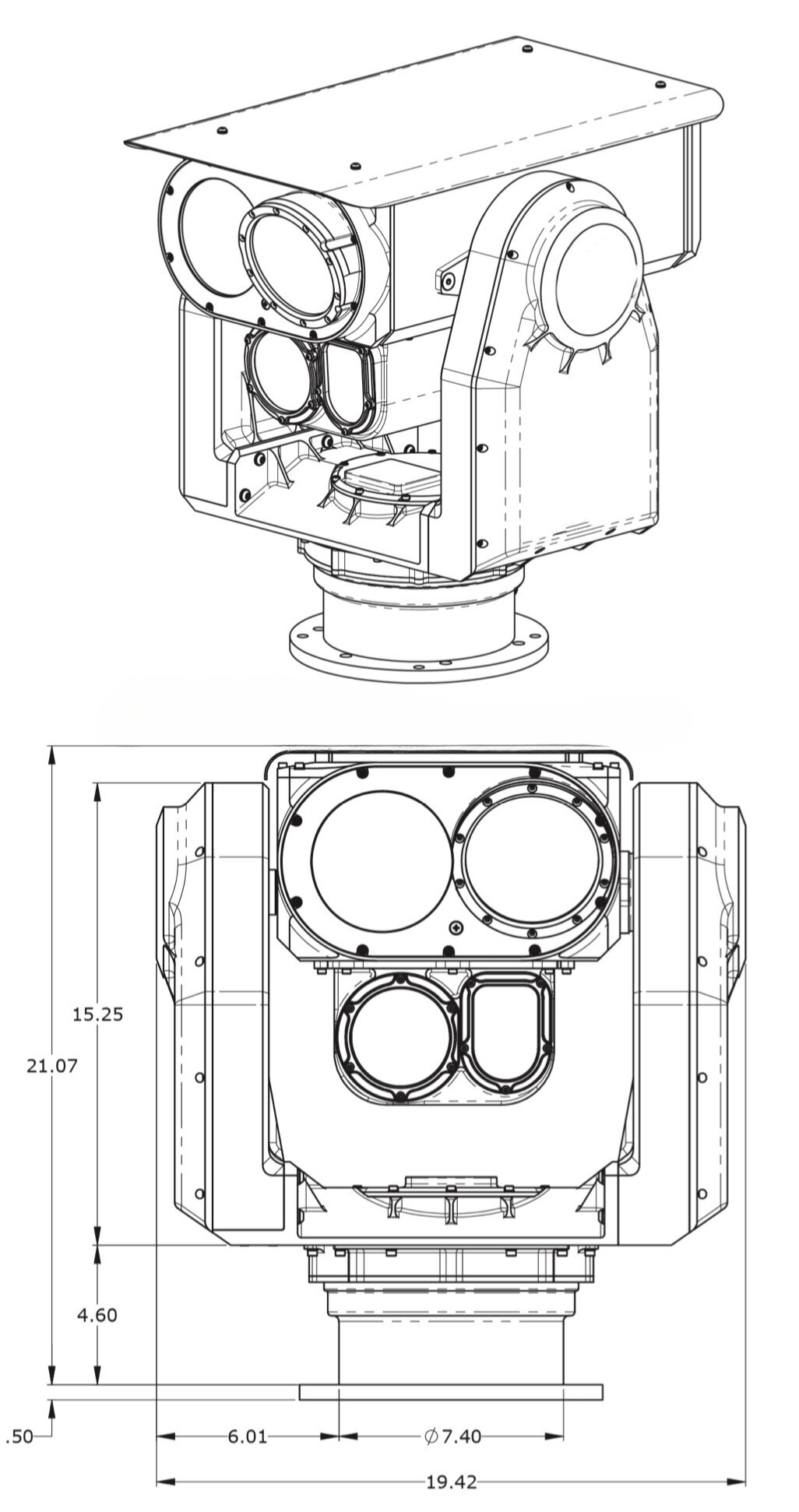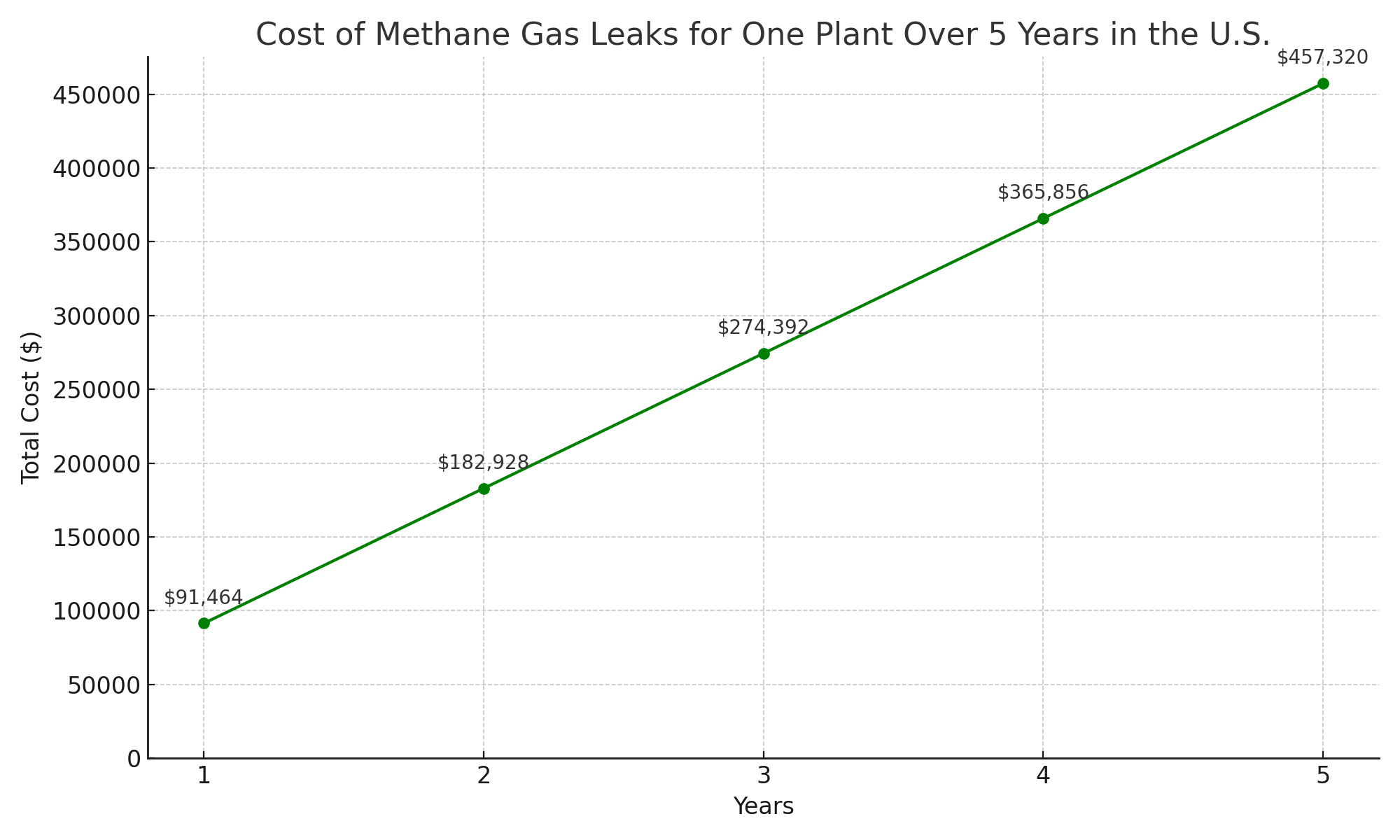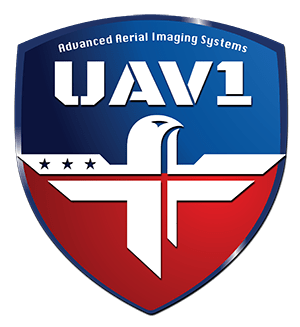Custom OGI VOC Gas Optical Imaging and Detection with Thermal FLIR Camera Systems
What Is VOC Gas Optical Imaging?
VOC gas optical imaging, also known as Optical Gas Imaging (OGI), is a technology that employs specialized cameras sensitive to the thermal infrared spectrum to detect and visualize volatile organic compounds (VOCs). By capturing emissions at specific wavelengths, OGI allows for the real-time identification of otherwise invisible VOC leaks, enabling rapid response, safety enhancement, regulatory compliance, and cost savings in various industries.


Detecting Invisible Threats: Infrared Imaging and VOC Monitoring in Industry
In many industrial processes, the emissions of gases and chemical compounds often go unnoticed due to their invisibility to the naked eye. To address this challenge, industries employ various tools throughout their operations, from exploration to distribution. Infrared imaging, especially with mid-wave infrared (MWIR) cameras, has emerged as a crucial technology for detecting volatile organic compounds (VOCs), which are frequently odorless and invisible yet potentially toxic or flammable. These specialized cameras are optimized to visualize VOCs at their peak absorption wavelengths, making them indispensable for identifying fugitive emissions. Currently, handheld devices equipped with MWIR technology are being utilized to pinpoint and manage these elusive emissions effectively.
Enhancing Efficiency and Environmental Responsibility with Optical Gas Imaging (OGI) Technology
The Environmental Protection Agency (EPA) suggests that employing optical gas imaging (OGI) technology can significantly increase the efficiency of equipment inspections, thereby reducing identification costs. Achieving a comprehensive understanding of plant conditions is paramount for enhancing safety, operational efficiency, profitability, and environmental responsibility. OGI cameras provide a holistic view of all equipment simultaneously, with leaks appearing as distinct “smoke” patterns on your computer’s monitor. This wide surveillance scope enables the rapid detection of emission sources, facilitating prompt responses to repair or replace faulty equipment
Comprehensive Gas Detection Solutions by SPI for Enhanced Efficiency and Compliance
SPI offers an extensive range of remote sensing solutions, including standalone, Pan Tilt Zoom (PTZ), airborne, and ground-based gas detection and quantification payload camera systems tailored for diverse short, medium, and long-range applications. Timely leak identification not only minimizes emissions but also reduces unaccounted gas losses and the labor hours required for continuous inspections. Even minor leaks from process equipment can jeopardize the environment and result in economic losses for companies. OGI camera cores excel in detecting gas emissions from various sources such as flanges, valves, plugs, caps, couplings, pump seals, drain covers, and instrument connections.
Optimizing Leak Detection in the Oil and Gas Industry with MWIR Technology
When searching for leaks in the oil and gas industry, the focus is primarily on hydrocarbon gas compounds. These compounds exhibit their peak absorption in the 3.2 – 3.5 micron wavelength range within the electromagnetic spectrum. This wavelength region is exceptionally sensitive and efficient for various infrared detectors, including those employed in the NiatrosTM optical gas imager. While there exist gases that absorb in the 7-14 micron wavelength range, the foremost environmental concern pertains to methane and similar volatile organic compounds (VOCs). These elusive gases can only be effectively detected using a properly configured Mid-Wave Infrared (MWIR) camera.
1
OGI cameras are meticulously configured to detect infrared radiation ranging from approximately 3.2μm to 3.5μm. This, in combination with the remarkable sensitivity of cooled MWIR photon detectors integrated into these cameras, renders this technology exceptionally well-suited for the detection of hydrocarbon gases that emit within this spectral range.
Such gases include, but are not limited to, Butane, Benzene, Ethane, Ethylbenzene, Ethylene, Heptane, Hexane, Isoprene, MEK, Methane, Methanol, MIBK, Octane, Pentane, 1-Pentane, Propane, Propylene, Toluene, and Xylene. Even minor leaks, when left unaddressed, can lead to extensive damage to equipment, the environment, and financial losses.
2
Our systems, available for Airborne OGI gas hyperspectral imaging, play a pivotal role in mitigating the impact of methane emissions, a potent greenhouse gas, from the oil and gas sector over long distances.
Notably, a significant portion of such emissions originates from a small subset of “super-emitting” sources. Our Long-Range PTZ Airborne thermal FLIR Infrared hyperspectral imaging technology excels in visualizing and quantifying emissions and gas leaks under diverse environmental conditions, spanning short, medium, and long ranges.
3
Recent demonstrations have underscored the capabilities of aerial, manned, or unmanned methane emission detection systems, involving controlled releases with methane flow rates ranging from 3 to 55 cubic meters per hour (m3/h).
The results of these demonstrations demonstrate the systems’ ability to detect methane emission rates as low as 3 m3/h, with a strong correlation (parity slope of 0.99) between commanded leak rates and retrieved leak rates. Based on the data collected, airborne thermal IR OGi (Optical Gas Imaging) infrared hyperspectral visualization emerges as a highly efficient and sensitive tool for the detection and quantification of methane leaks
4
The constant monitoring of facilities by an OGI camera core, which can remotely detect leaks from a distance, enables the identification and elimination of small leaks that can lead to significant product loss and financial impact over time. Furthermore, a long-range OGI MWIR camera core can be utilized at any stage in the facility and equipment life cycle, including during production or equipment start-up.
So How Much Gas Is Leaked Per Year In The U.S.
Methane Gas Leaks In The U.S. Per Year
” The U.S. Environmental Protection Agency estimates that about 6.5 million metric tons of methane leak from the oil and gas supply chain each year5—around 1% of total natural gas production.” – MIT Climate Portal
How Much Does This Cost Gas Plants In The U.S.?
According to the institute for the analysis of global security there are 18 methane plants operating in the U.S.
Taking the average industrial price of methane in the U.S. the average is 6 US Dollars per thousand cubic feet from EIA we can divide the annual leakage by the total number of plants to get an estimated total cost per plant per year of methane leaks.
Here Are The Calculations
Calculate the leak rate per plant: Total Annual Methane Leak (6.5 million metric tons) / Number of Plants (18) = Annual Methane Leak per Plant (metric tons per year)Annual Methane Leak per Plant = 6.5 million metric tons / 18 plants ≈ 361,111 metric tons per year per plant
Convert the annual methane leak per plant to cubic feet per hour: Methane Density at Standard Conditions: 0.0385 lb/ft^3 (pound per cubic foot) Conversion Factor from metric tons to pounds: 1 metric ton = 2,204.62 pounds Conversion Factor from pounds to cubic feet: 1 pound = 1 / 0.0385 ft^3 Hours in a Year: 8,760 hoursLeak Rate per Plant (ft^3/h) = (Annual Methane Leak per Plant in metric tons) * (2,204.62 lb/metric ton) * (1 / 0.0385 lb/ft^3) / 8,760 hoursLeak Rate per Plant ≈ (361,111 metric tons/year) * (2,204.62 lb/metric ton) * (1 / 0.0385 lb/ft^3) / 8,760 hours ≈ 174,421,254 ft^3/h per plant
Calculate the annual cost per plant based on the leak rate and the cost of methane: Annual Cost per Plant = (Leak Rate per Plant in ft^3/h) * (Hours in a Year) * (Cost per MCF)Annual Cost per Plant ≈ (174,421,254 ft^3/h) * (8,760 hours/year) * ($6/MCF / 1,000 ft^3/MCF) ≈ $91,464 per plant per year
Finally, calculate the total annual cost for all 18 plants: Total Annual Cost for 18 Plants = (Annual Cost per Plant) * 18Total Annual Cost for 18 Plants ≈ ($91,464 per plant per year) * 18 plants ≈ $1,647,552 per year for all 18 plants
Results

Annual methane leak from each of the 18 methane plants: Approximately 174,421,254 cubic feet per hour.
Cost of methane: $6 per thousand cubic feet (MCF).
Estimated annual cost of methane leaks for each plant: Approximately $91,464.
Total annual cost of methane leaks for all 18 plants: Approximately $1,647,552.
The annual cost of methane leaks from the 18 methane plants in the US, with an average total annual methane leak of 6.5 million metric tons, and a cost of $6 per thousand cubic feet (MCF) of methane, is estimated to be approximately $1,647,552. This calculation takes into account the annual methane leak per plant, converted from metric tons to cubic feet per hour, and then multiplied by the hours in a year to determine the leak rate per plant. The annual cost per plant is calculated based on the leak rate and the cost of methane per MCF. These values are then scaled up to account for all 18 plants. It’s important to note that this estimate provides an approximation of the annual cost of methane leaks and does not include potential additional costs associated with safety, environmental impacts, regulatory fines, and reputation damage.
The Importance and Findings Of The Study In Thermal PTZ OGI Detection

The results indicate that the estimated annual cost of methane leaks from the 18 methane plants in the US, considering an average total annual methane leak of 6.5 million metric tons and a cost of $6 per thousand cubic feet (MCF) of methane, amounts to approximately $1,647,552. Each plant incurs an annual cost of roughly $91,464 due to these leaks.
These findings underscore the financial significance of methane emissions in the oil and gas industry. However, it’s essential to note that the implementation of thermal PTZ cameras for methane gas leak prevention offers a compelling solution. Given that these cameras are highly effective in early detection and that their cost is typically a one-time investment, it becomes evident that their deployment can potentially pay for itself in less than one year per plant. By swiftly identifying and addressing leaks, these cameras not only reduce environmental impact but also contribute to substantial cost savings and regulatory compliance.
